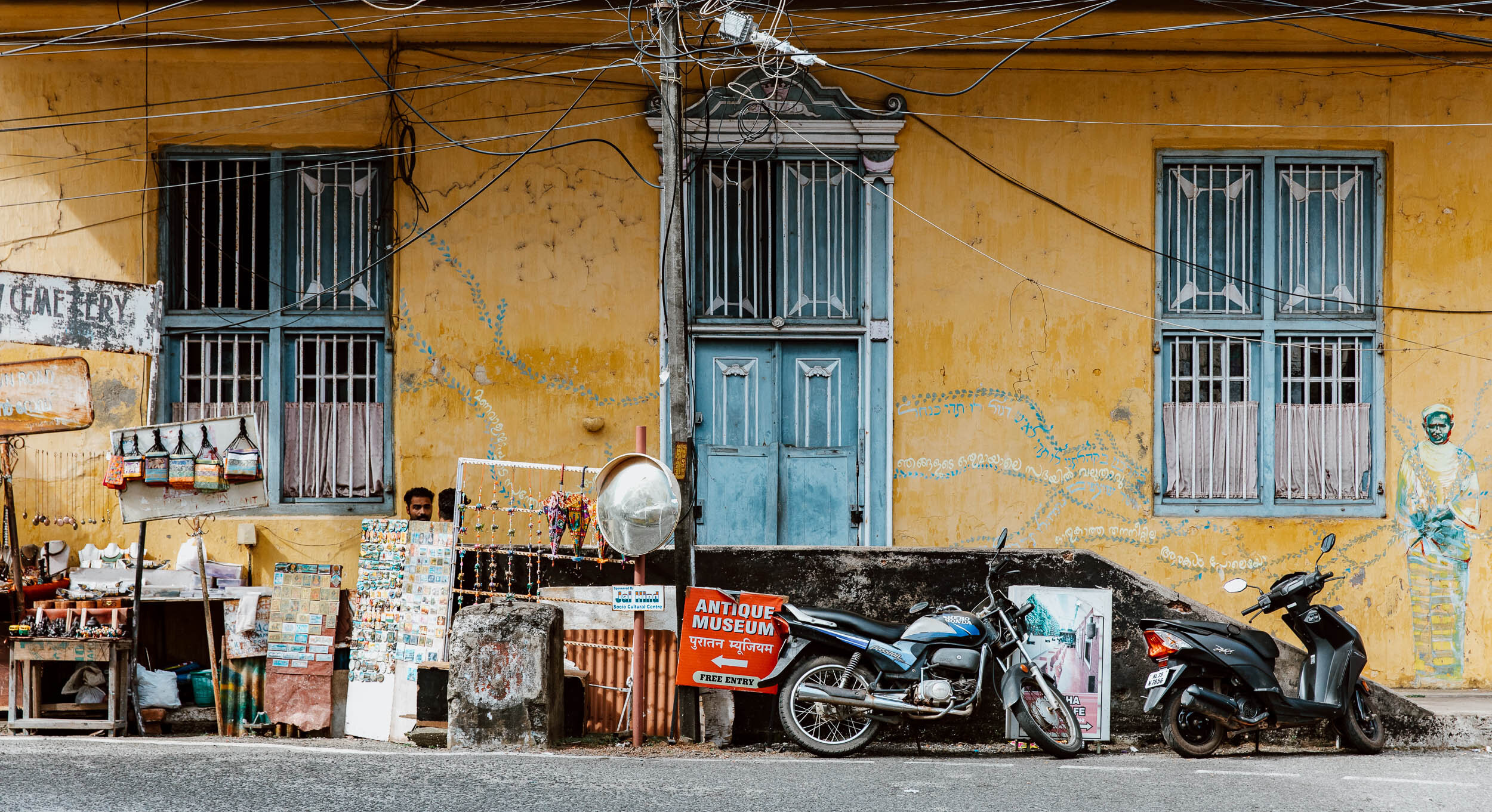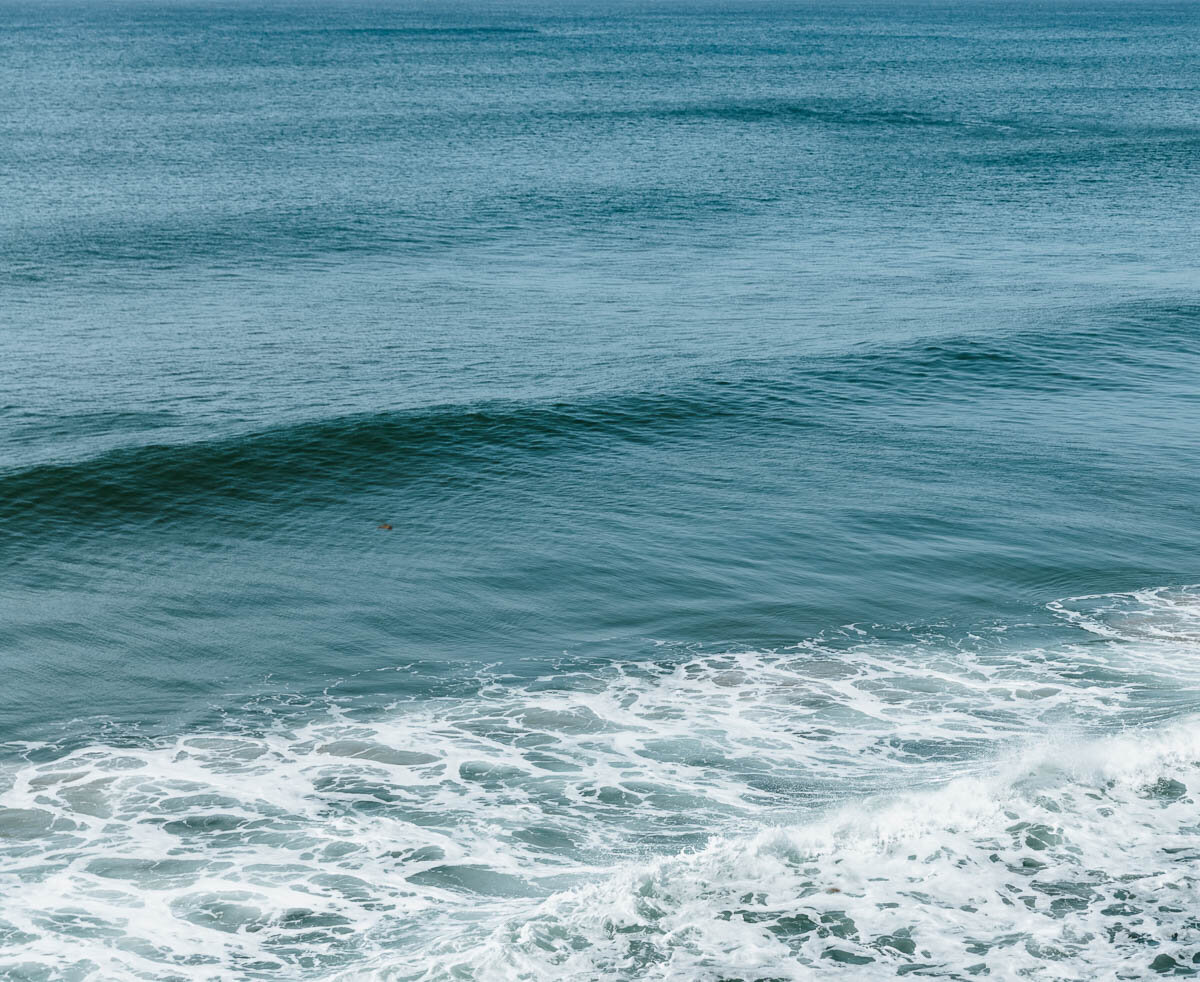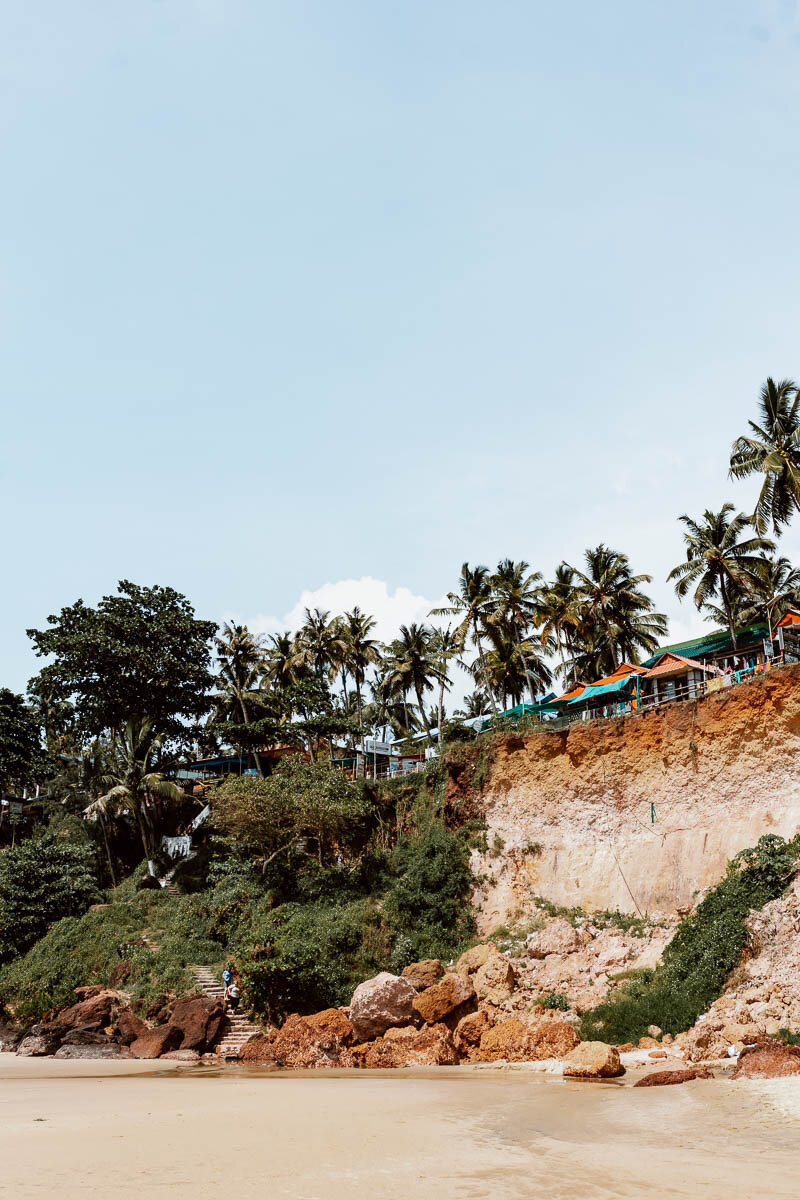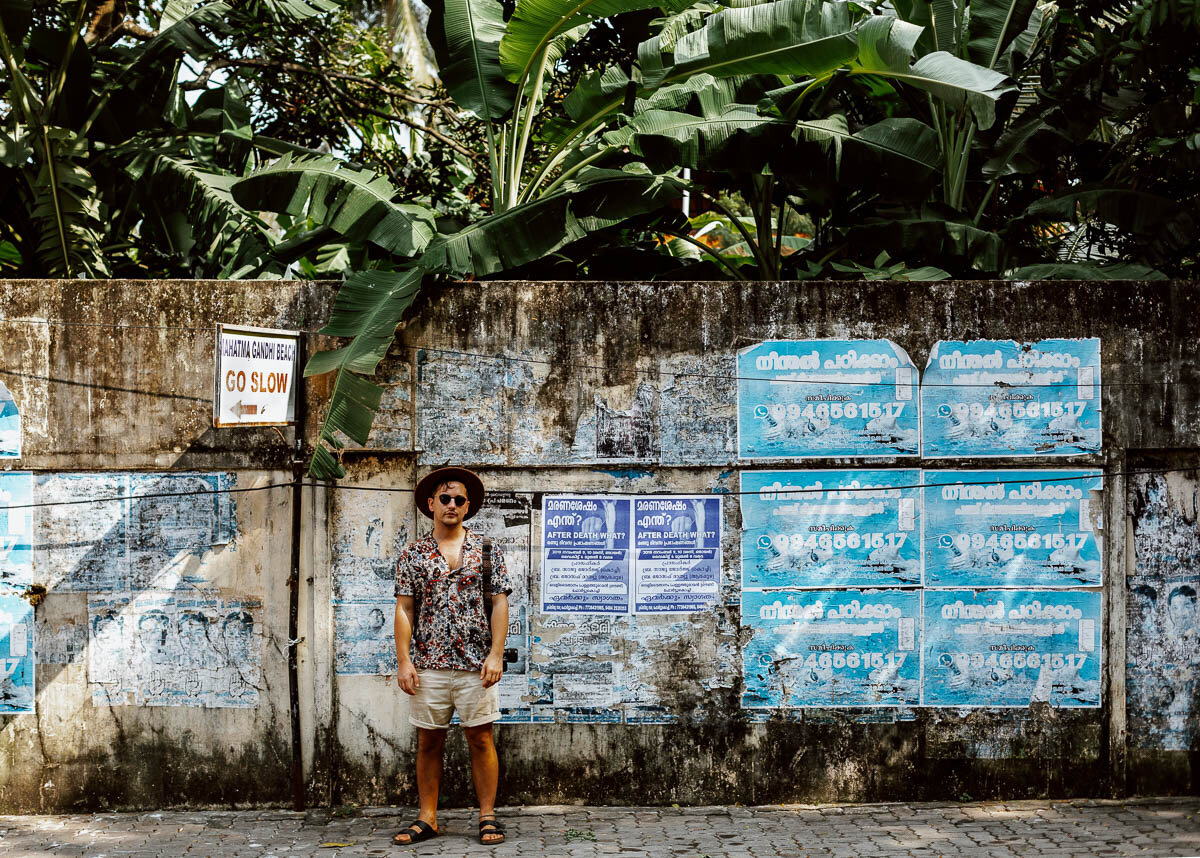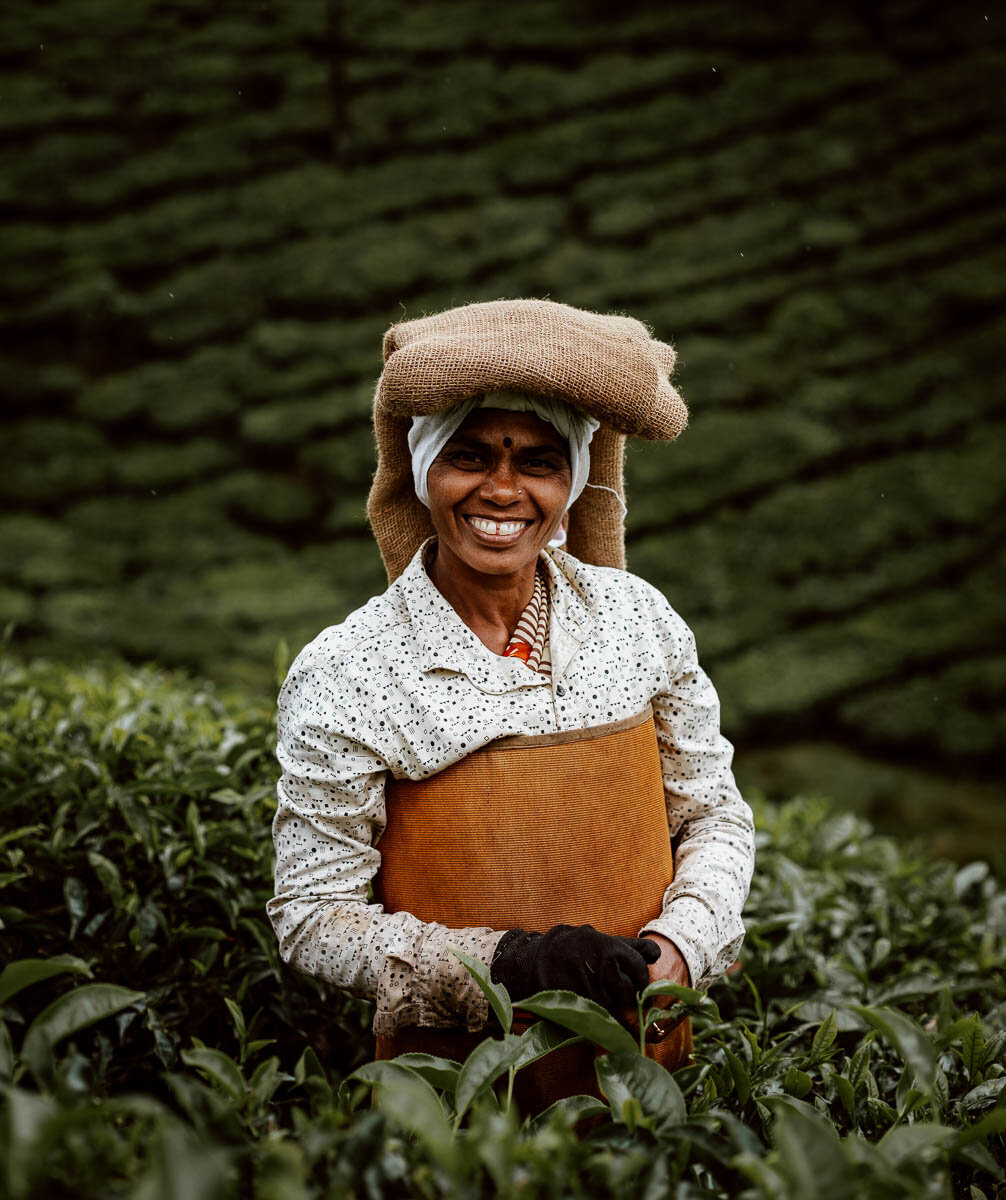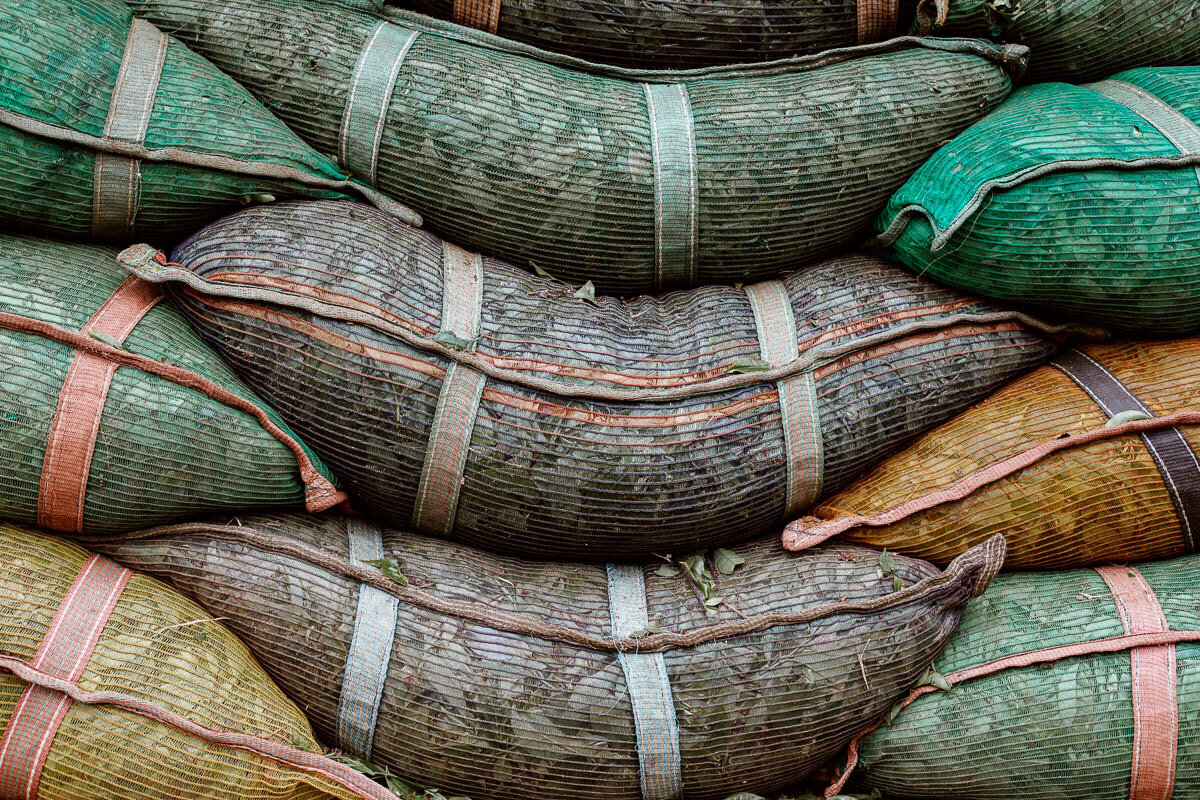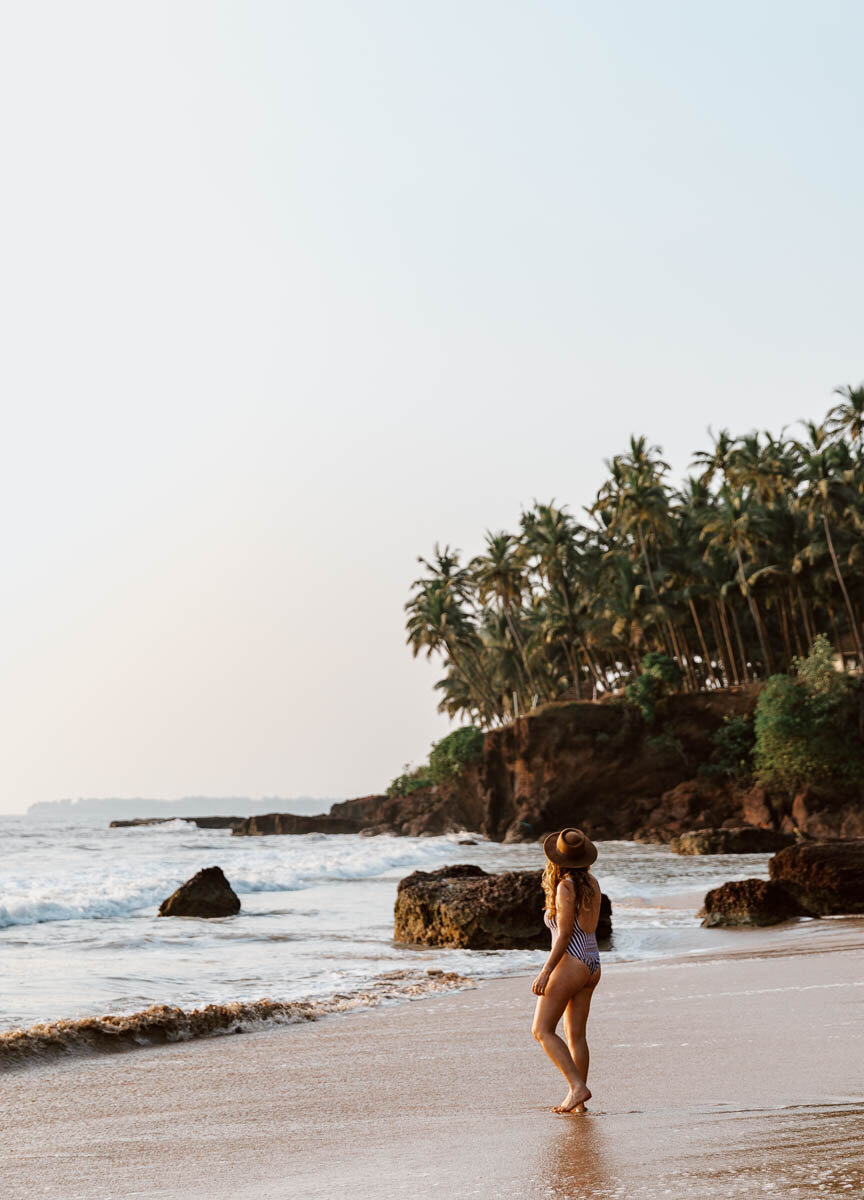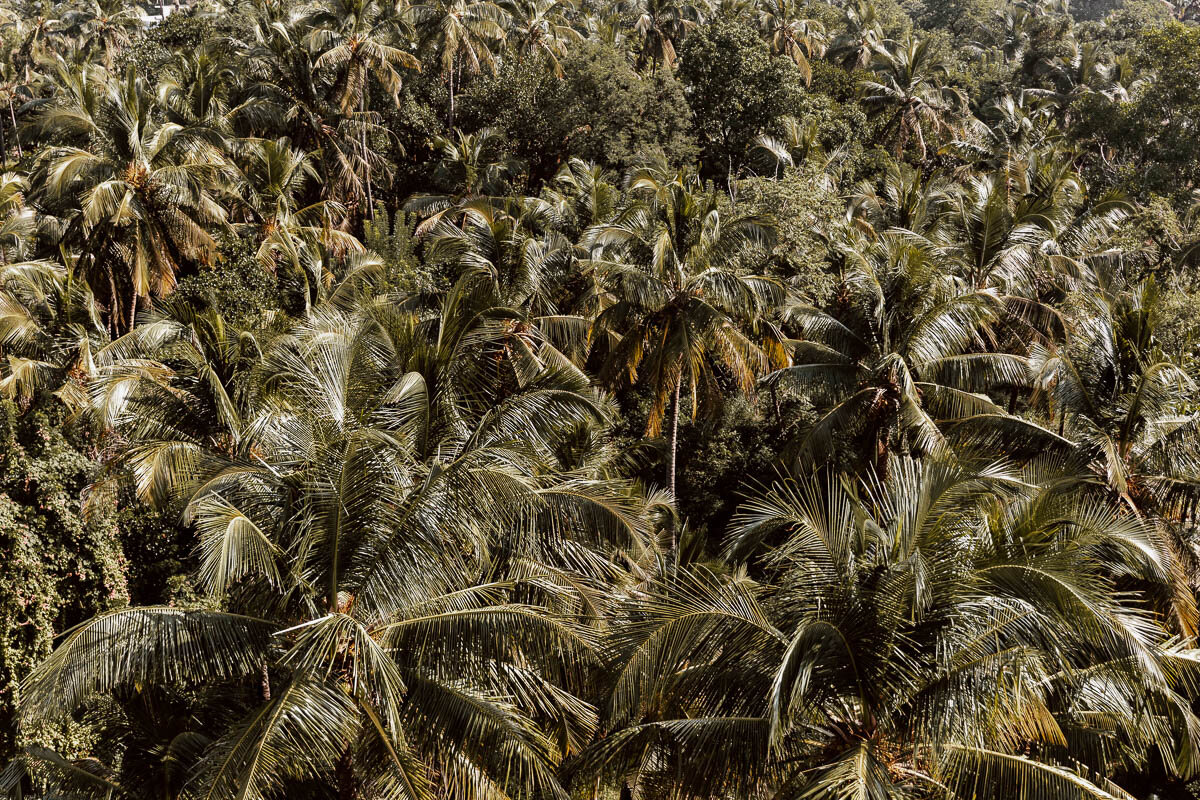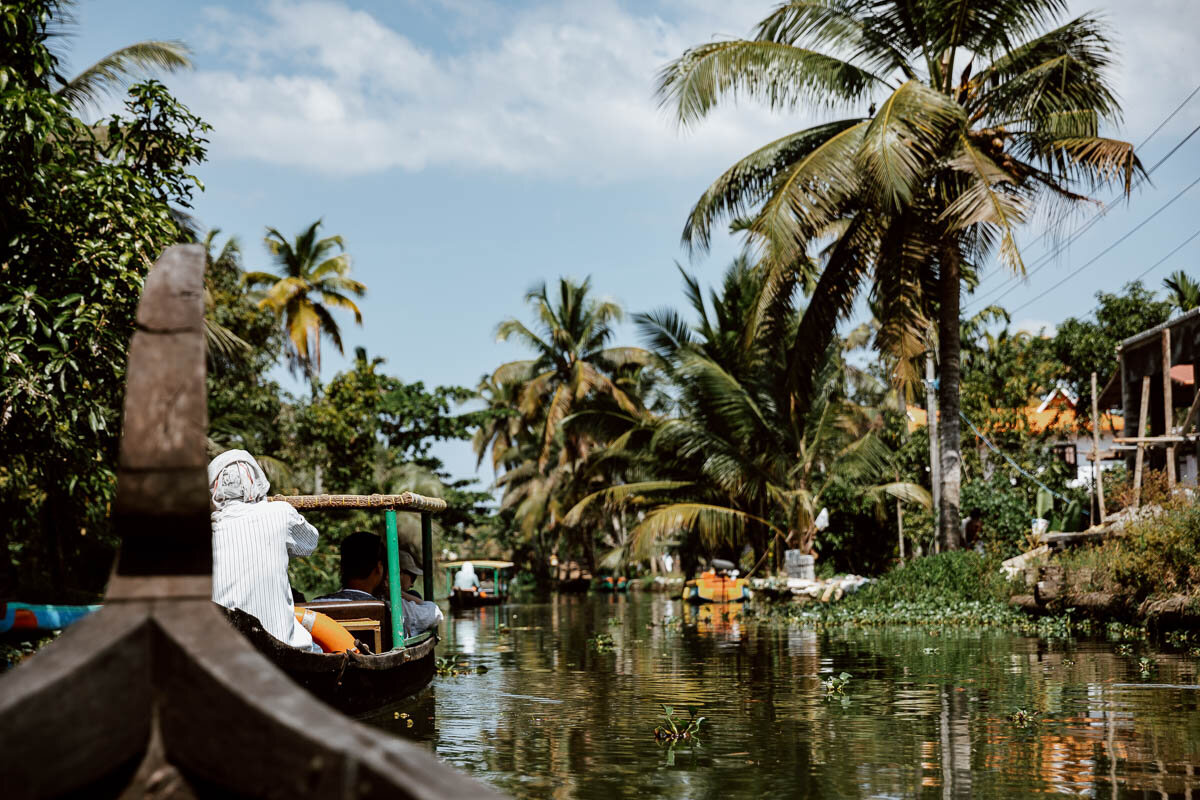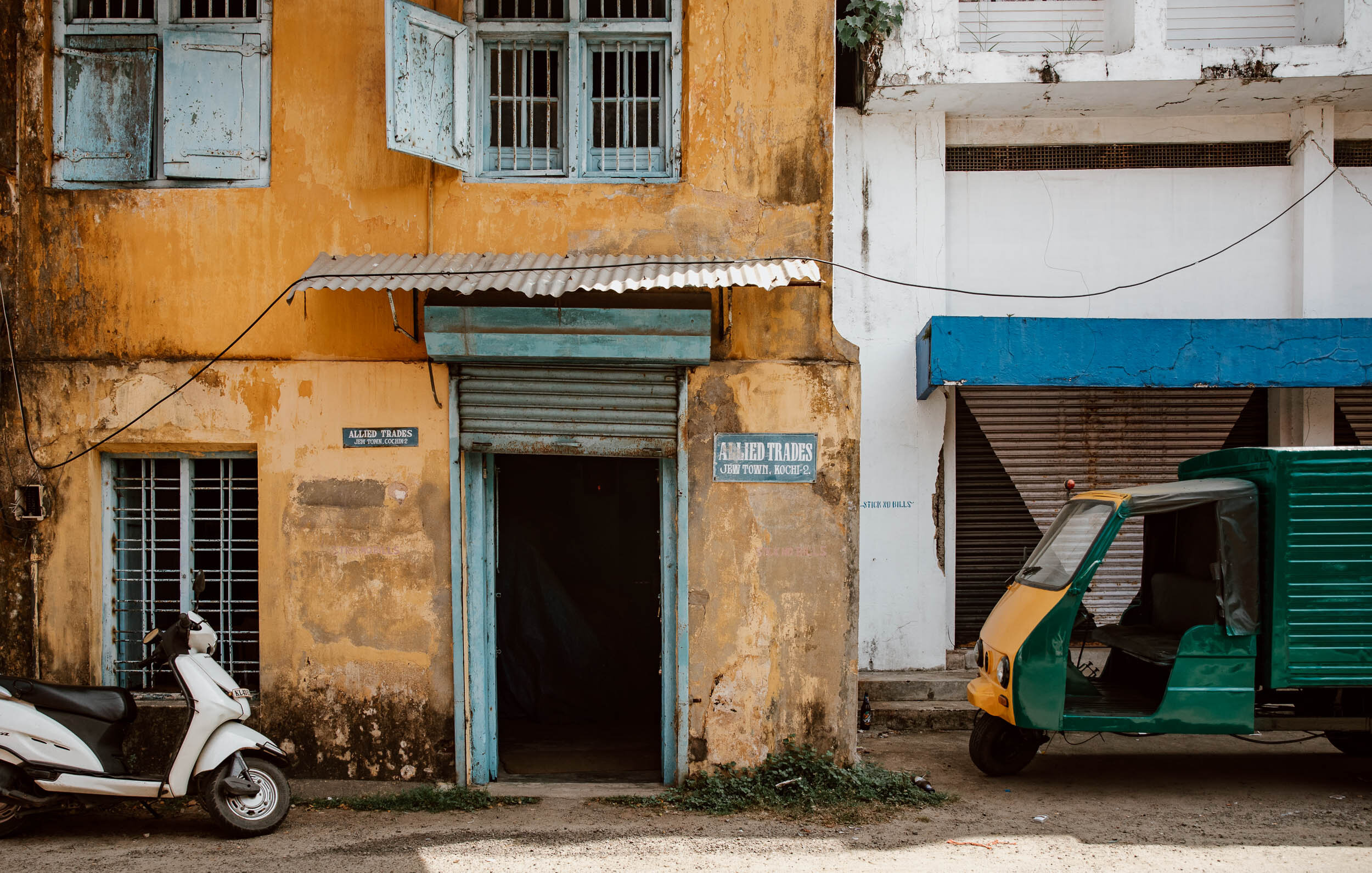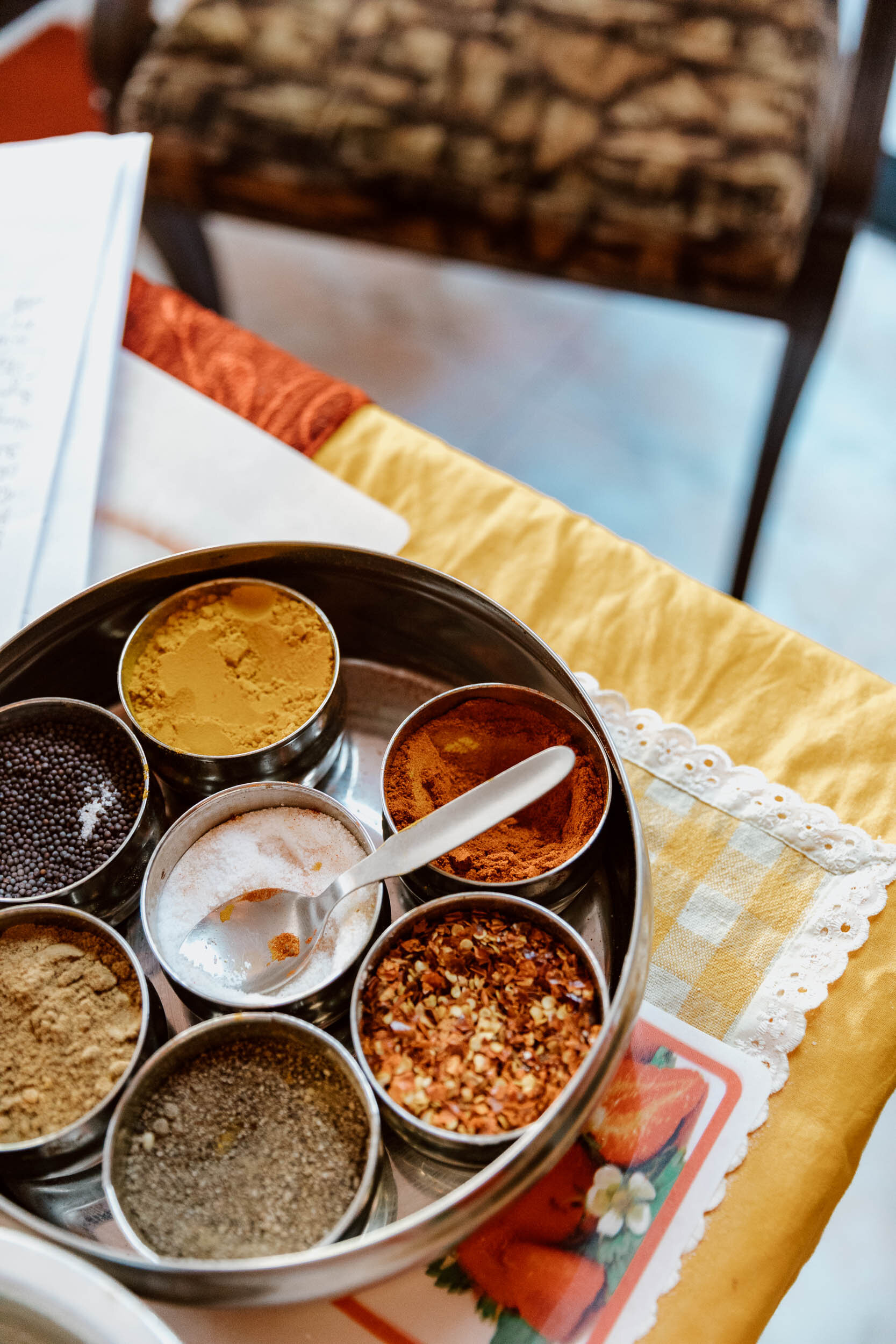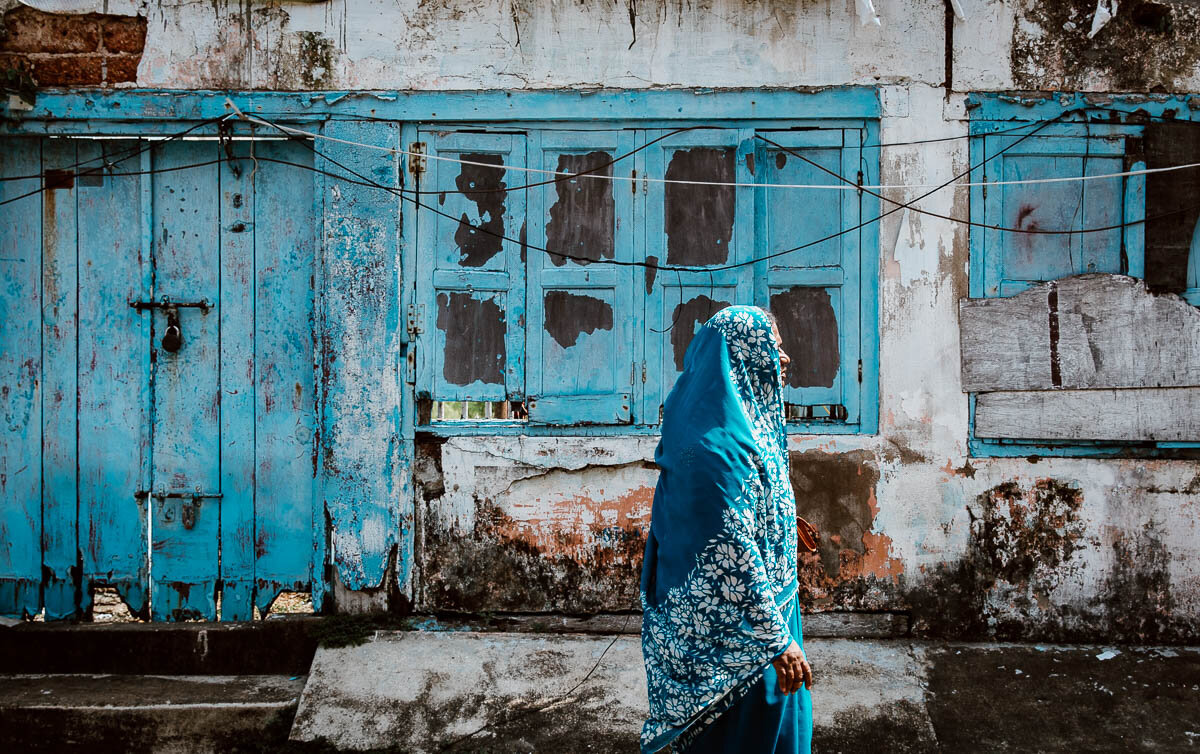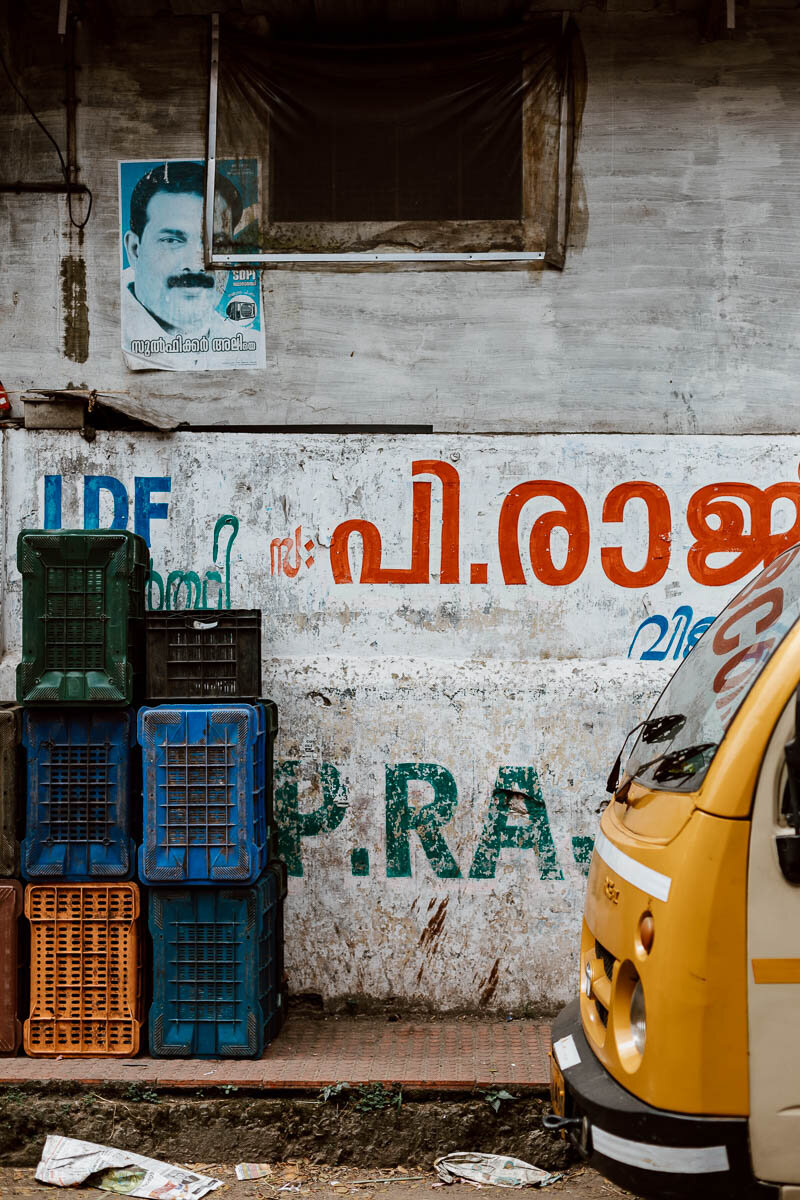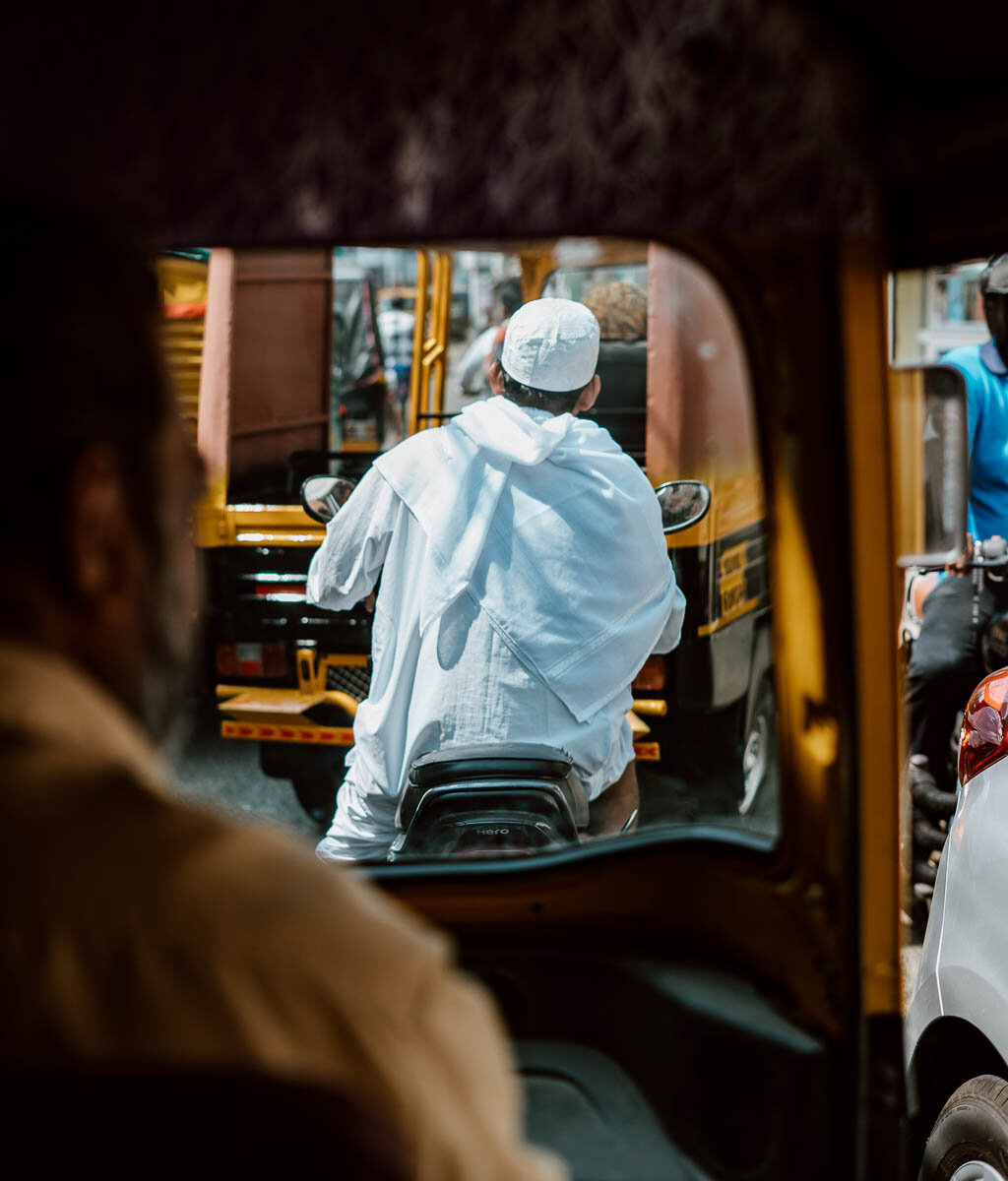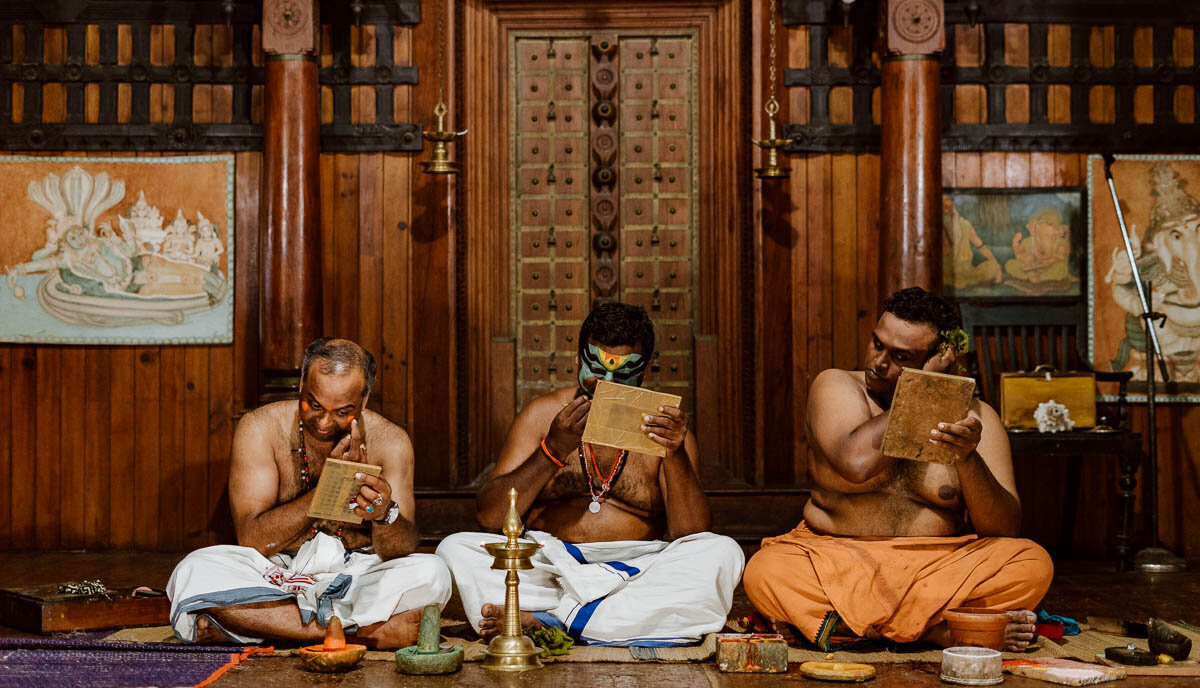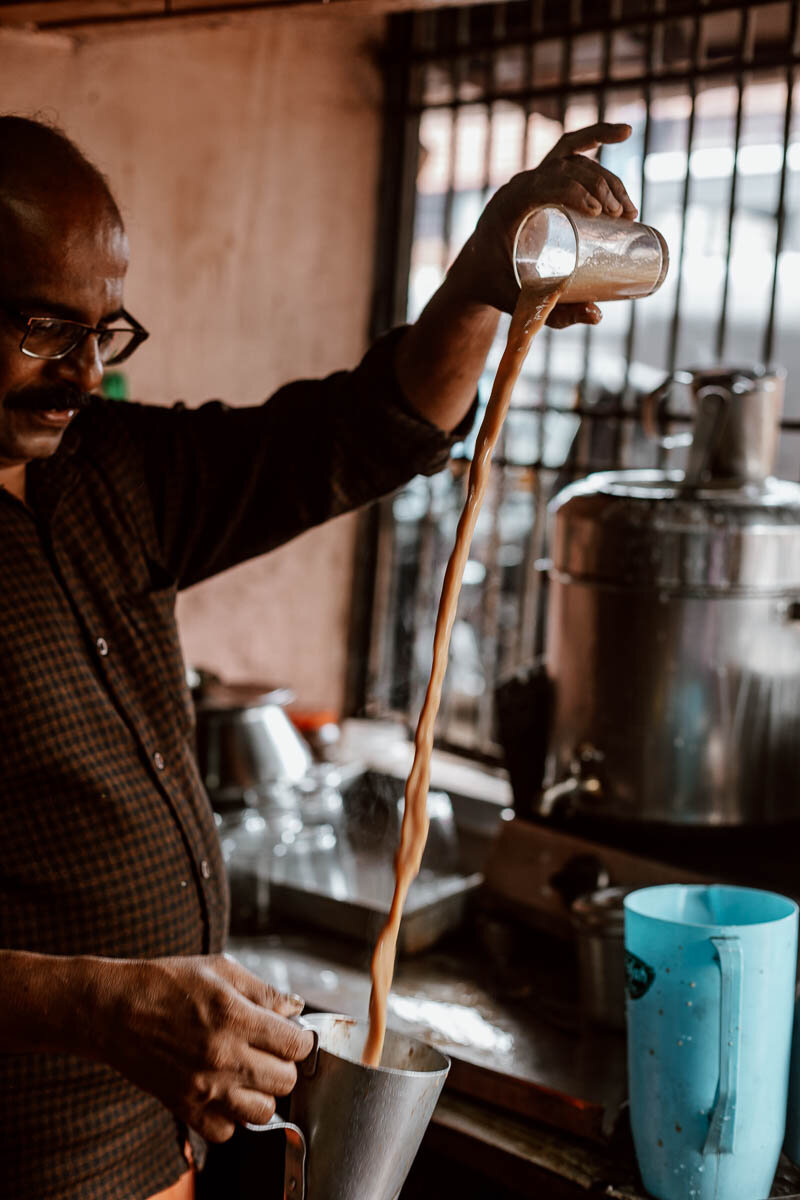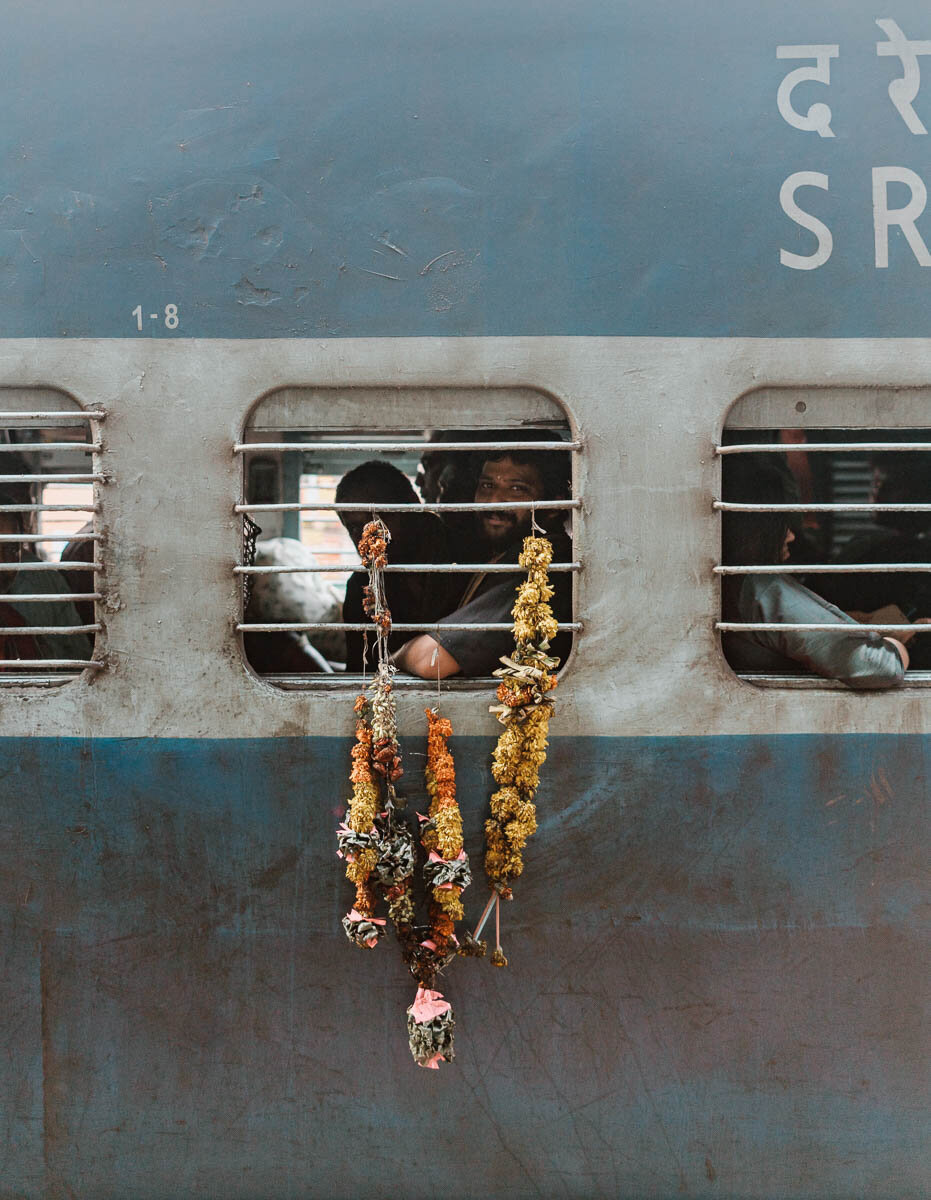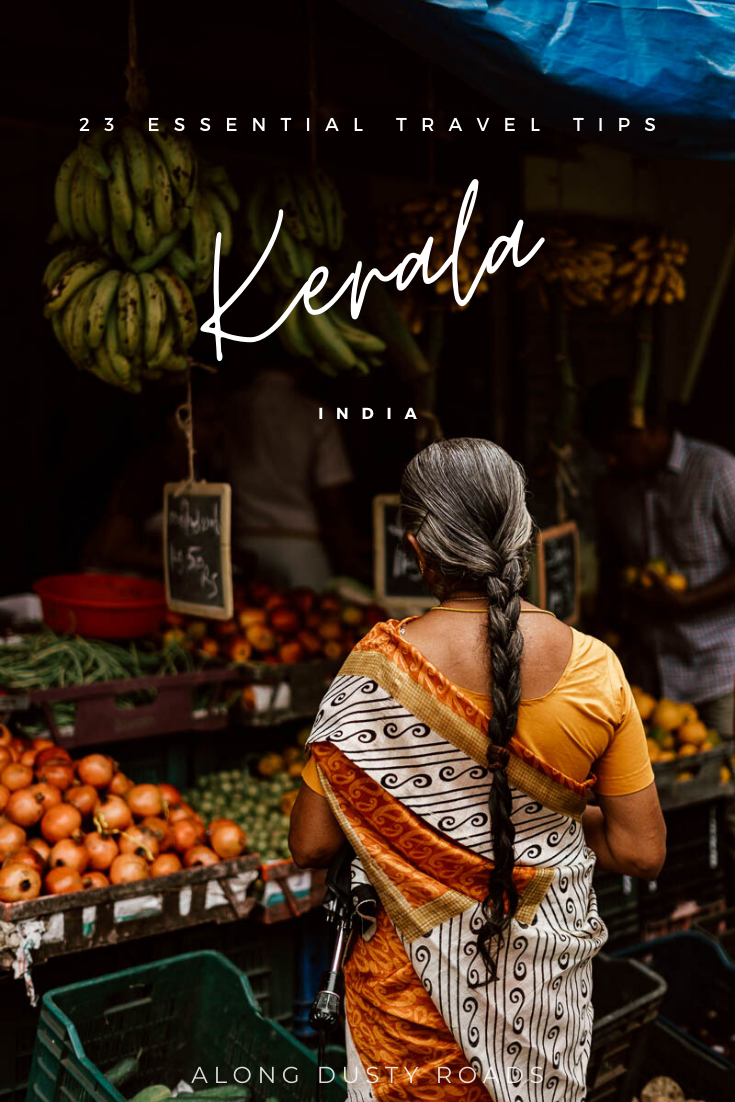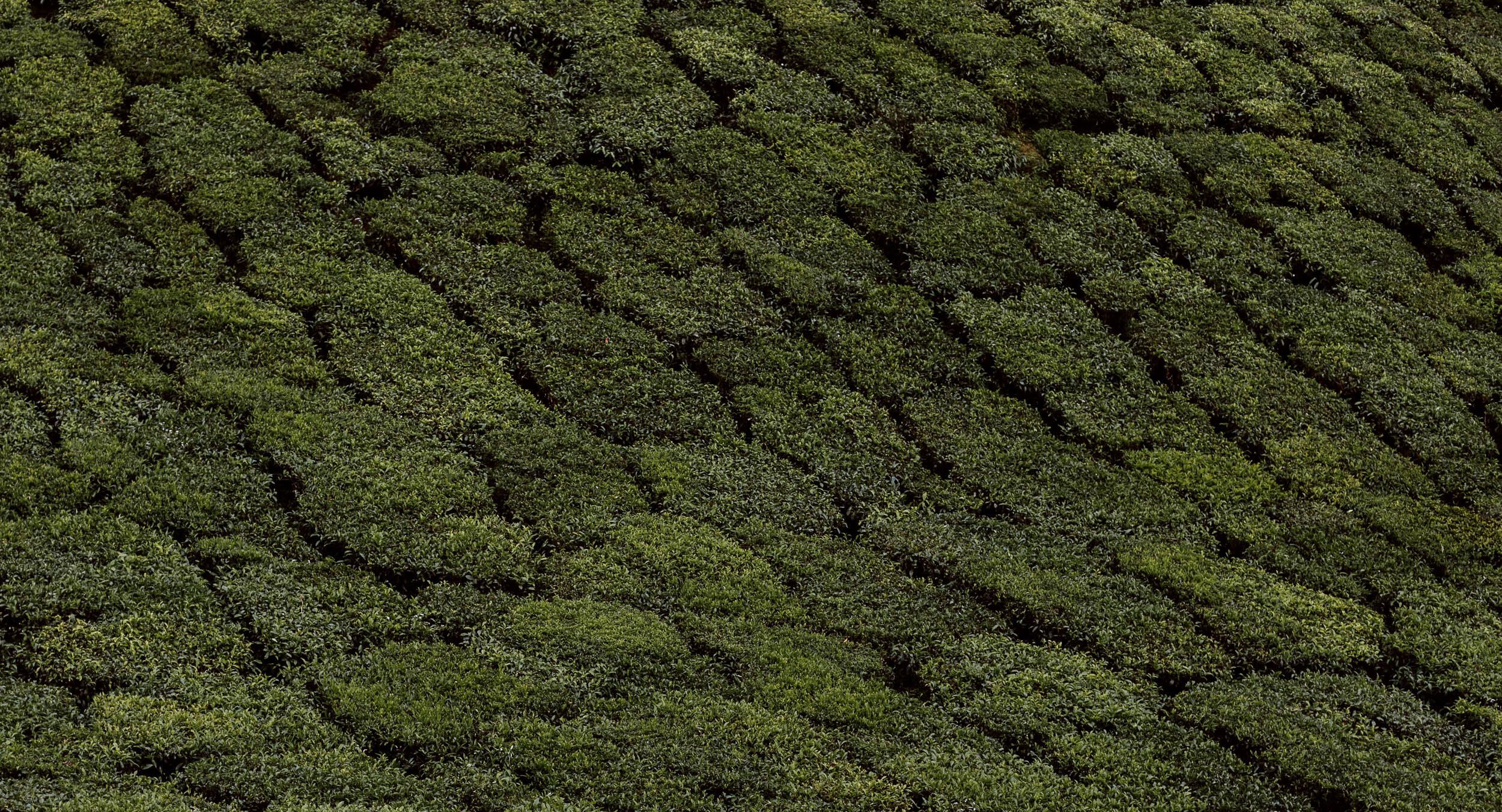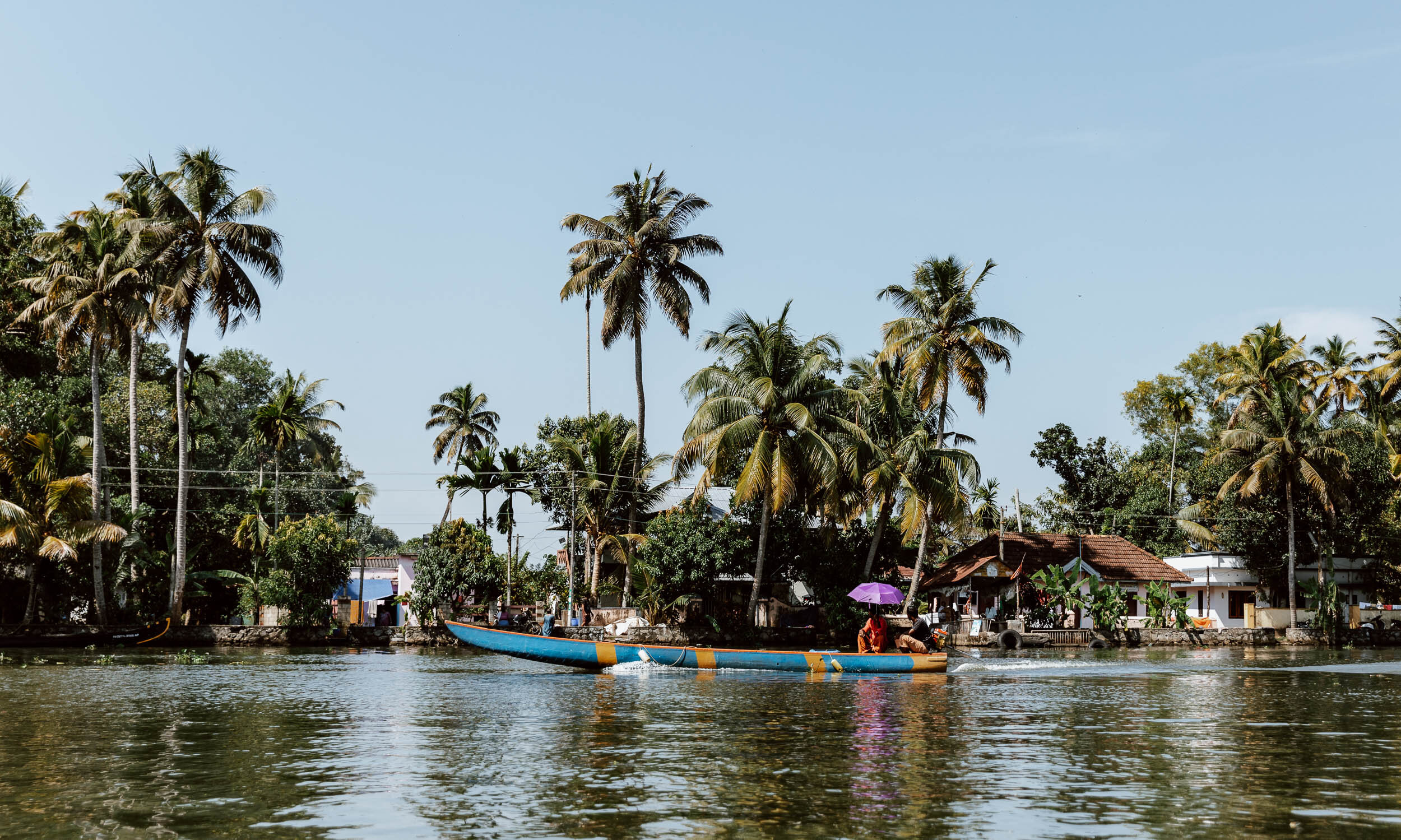Everyone told us that Kerala was going to be the perfect introduction to India.
A ‘soft-landing’ into a country that’s more like a continent, where spirituality and chaos reside side-by-side in a cornucopia of colour. Stretching along the south-west coast of India, it promised to offer a delicious culinary experience as well as storybook landscapes and idyllic beaches.
Truth be told, we were looking for place that would give us that easy way into discovering why so many travellers love India so much. We were escaping the UK’s impending winter gloom in search of sun and shore, and wanted somewhere to have an adventure that felt like a bit of a holiday too. A place where we could feel like travellers again, immersing our senses in somewhere completely new, but without the challenges or strong culture school which would come with being parachuted straight into Calcutta or Delhi.
Kerala was that place, and it really was a perfect introduction to a more tranquil, more tropical version of India
After our three-week trip by train and bus from the cliffs of Varkala to the tea-dressed hills of Munnar, via the beautiful backwaters along the Malabar coast to the fading grandeur and culture of Kochi, we wanted to share our practical advice to help you plan and prepare for your own adventure in Kerala state.
If you’ve travelled in India before, then several of the points herein may be familiar or well-experienced already. However, whether it’s your first time or third time, you’ll still find plenty of the sort of tips or suggestions you may not think of (or which other articles won’t tell you) but can make the world of difference to your own trip. From how to be guaranteed safe drinking water to why it’s tough to find a beer, advice on our favourite beaches to the trouble with ATMs in Kerala, and why you absolutely have to get into full-on curry mode.
Here’s 23 things to know before you visit Kerala.
Alcohol in Kerala is Pretty Uncommon
It all began back in 2014, when the government, aghast at the fact that their state had the very worst alcohol consumption (and therefore problems) in all of India, decided to dramatically change the licensing rules - removing licences for the vast majority of bars and increasing the price that they must pay in order to secure a renewal.
And it worked.
We spoke with a number of young people during our time in the region who stated they didn’t drink at all, or perhaps only once every couple of months.
If like us however, you’re not willing to give up your thirst-quenching afternoon beer entirely during your travels, you’ll be pleased to know that Kerala is not a ‘dry’ state. Alcohol remains legal, and restrictions on the consumption of alcohol were actually softened in 2017 - the government stated that it “believed in restraint and not prohibition”. Therefore, with a little effort you can always find a bar, especially in touristy areas, with most upmarket hotels choosing to invest in the pricey licence - just look out for the big bold ‘BAR’ sign.
Just be warned that this increased licence cost is most definitely passed on to the customer, with large bottles of Kingfisher costing between Rs. 250 - 280 (£2.6 / €3.1 / $3.5) - a huge amount of money in India and much more expensive than in, say, Goa. The only exception to this is in the beach town of Varkala, where it’s possible to buy a covert bottle of beer from pretty much every café and restaurant along the beach front. It won’t be placed on your table, may be referred to as ‘holy water’ and you’ll be required to drink it out of ceramic mugs, but at Rs. 150 - 180 it’s significantly cheaper.
In addition to licensed bars, there will also be designated alcohol shops in every town, but it’s limited to 5 bottles per purchase, and it’s one purchase per day.
Read Later | A Traveller’s Guide to Varkala
There is a definite ‘Best time to visit Kerala’
Whilst you could feasibly visit Kerala year-round, the absolute best time to plan your trip is between October and March. Before this, torrential monsoon rains (at their worst from June to August) and flooding make visiting the beach towns pretty unpleasant and travel inland potentially tricky. Beyond March, temperatures in Kerala increase quite significantly, with blistering hot days proving unmanageable for most travellers.
The only exception to these seasons is if your visit is for a longer term (usually a week to a month) Ayuverdic retreat, with no intention of exploring the rest of the state; you’ll save a lot of money attending the retreats during low season and an alternative indoor focus means the storms won’t really trouble you.
Tourism peak season in Kerala runs from mid-December to mid-January, with large numbers of Indian and foreign tourists visiting the region. During this period you can expect price increases and limited availability on some accommodation and experiences.
Insider Tip | Learning yoga is incredibly popular across Kerala, with many travellers coming here to gain a teaching qualification or to simply hone their skills. Every place you’ll visit across Kerala will have several yoga schools, whilst a multitude or hostels, cafes, and centres offer daily yoga drop-in sessions for as little as Rs. 300 (£3.2 / €3.7 / $4.2). If you want to find a good yoga course or school in Kerala, check out this website.
One name is sometimes not enough
Due to the linguistic complexity of Kerala and remnants of colonialism, you may note that several towns or airports are referred to by two or three different names. For example, Trivandrum is also called Thiruvananthapuram, whilst Alleppey is also called Allapahauza.
Most people will understand either name, but it does mean you just need to double-check before confirming that flight or train booking!
You need to pick your entry airport wisely
If your Indian adventure is only going to involve Kerala, Kochi International Airport / Cochin International Airport - with the unforgettable COK airport code - is the most common entry-point for Europeans and serves as the perfect jump-off point for Kochi, the hill stations of Munnar, and the backwaters of Alleppey, before working your way down to Varkala’s beaches in the south.
However, this route does mean that you’ll need a travel day to get back for your return flight, and likely not be able to make it northward in Kerala.
Alternatively, you can start in Thrivandrum Airport in the south and work your way upwards, which is what we did due to a slightly cheaper overall cost travelling via Muscat with Oman Airways. In this case, we recommend you either spend your first night near the airport or train station (if you arrive late), or hightail it to Varkala after you land via a taxi for Rs. 1500 (£16 / €18.5 / $21) or a taxi then 2-hour train journey.
We did look into flying into one airport and then out of another, but the significantly increased flight costs meant just didn’t make financial sense.
Don’t change your money in the airport
Really, this goes for anywhere in the world.
The rates are notoriously terrible and they prey on those that wander into the departure or arrival hall not knowing any better.
However, this advice comes with a caveat for anyone travelling to India for the first time; you can’t actually withdraw or exchange Indian rupees outside of India - meaning that you’ll likely have no option but to source some local currency from within the confines of the airport.
When we arrived into Trivandrum, we unfortunately couldn’t get the ATM to accept our fee-free card (more on the tricky ATMs in Kerala later), and so were forced to change the bare minimum of our emergency stash of GBP to cover our taxi ride to the train station, buy a couple of snacks and pay for our train ride to Varkala.
But you better believe that we begrudged every single extra rupee they were making from us on that shoddy exchange rate (which seemed to change with each request)!
If the airport ATM doesn’t work for you and you’re forced to do the same, just be certain to have a currency conversion app on your phone to check the rate that you’re being given. Alternatively, take a note of the rate before you fly so you have a general idea. You will never get that rate matched at an airport currency exchange, but you want to try and get as near to it as possible!
In short, if you have to change money at the airport, don’t get a huge amount of rupees and make sure you do your sums before agreeing to hand your money over.
Read Next | How To Manage Your Travel Money Better
English Is Spoken Widely, But….
Given the high levels of education and literacy in Kerala (it has the highest of any Indian state) and that English is the lingua franca across India’s diverse demographic we, perhaps naively, assumed that English would be widely spoken in Kerala. And whilst we had absolutely no problems communicating on a basic level, there were only a handful of people we met on the road or out and about with whom we were able to have a deeper conversation. As we find that the very best insights to a country come from the people of that country, we therefore bombarded those we could speak with, with a thousand and one questions!
Malayalam is actually the official language of Kerala, and the primary language of the state’s 34.5 million inhabitants. However, there are many languages and dialects spoken across Kerala - including Tamil, Hindi, Kannada - and you will find that the main language spoken can change from region to region (e.g. Tamil was prominent in some areas).
Lots of people Kerala can converse in English, and it will be the go-to language for travellers, but just don’t be surprised if the level of English amongst a number of people you meet in here is actually quite basic.
Thank you in Malayalam is ‘nanni’ by the way!
It’s a relatively small state
One of the reasons Kerala is perfect for standalone two or three week adventure is that the distances (especially for the Indian subcontinent) are relatively short and manageable.
In the compact state, following the well-established traveller trail in the south, no journey by rail or bus will take more than 6 hours, with many being much shorter. This thankfully removes the need for unpleasant 16-hour overnight journeys or a fruitless attempt to sleep in the aptly named ‘sleeper carriage’ on the train.
Speaking of trains…
…always take the train
Seriously.
Coming from UK, we’ve grown up with the idea that train travel is expensive, poorly run, and unless tickets are purchased about six months in advance, absolutely not worth the money. However, upon arriving to Trivandrum train station and stepping upon that busy platform on a warm November evening, we knew that there would be no other way we’d prefer to travel in India.
We even joked amongst ourselves that of all the places we’d love to return to, camera in hand, was a Keralan rail station - a kaleidoscopic presentation of India’s colours and cultures criss-crossing the tracks, where waiting around was an activity all on its own for us.
Train travel in Kerala is also cheap-as-chips, and far more enjoyable option than taking a bus or private shuttle between destinations.
We’ve written an entire post on first-timer’s tips for train travel in India (including how to find and book tickets in advance), so instead of repeating ourselves here, follow this link (coming soon!) and rid yourself of some of the confusion that the process can bring.
Of course, for some destinations (particularly those up in the hills like Munnar or a little more off the beaten track) bus travel may be the only option. Bus stations will usually have a visible timetable, but if you’d prefer to check or book online, check-out the KRSTC website or RedBus - the former is the state wide public bus operator, whilst the latter is a nifty way to get an idea of routes and book tickets online (just be aware that it doesn’t contain all buses in Kerala).
It has some cracking beaches
Although Goa to the north, is far more famous for its beaches and beach-bum vibes, Kerala’s coastline is home to a handful of EXCELLENT beaches.
Throw in the fact that they don’t have any of the negative connotations of late-night techno parties, are far less busy, and more for the types for whom responsible travel is not even an afterthought, then it may be the biggest reason why you chose Kerala instead of Goa!
For a great beach, good food, and a quiet backpacker vibe, you should be making a beeline for the clifftops of Varkala. However, if you’re in search of an off the beaten track paradise, go to Kannur.
Keep Reading | A Curated Guide to KochI, Kerala’s Pretty POrt City
the food is bloody incredible - and soooo good for veggies
Before we visited India, we were advised on more than one occasion (and by several people), that we would absolutely get fed up of eating nothing but curry for a month. Yet, as the weeks rolled by, we got more excited about settling down in front of a bowl of spicy goodness than less!
The bottom line is that Keralan cuisine is bloody delicious. Just the right amount of spice, delicate seasoning and lots of coconut milk - reflecting the fact that beautiful coconut palms are everywhere in this tropical part of the world.
In a country that is 80% Hindu, it’s hardly a surprise that it’s also an exceedingly good place for vegetarians.* Travelling in predominantly meat eating countries so much - we’re looking at you Latin America - we’ve become used to seeing eating out as more of a necessity to source sustenance than an exclusively enjoyable pastime. That’s why having a hostel with a kitchen is such an important part of the travel style over there.
Kerala was a big change - especially as restaurants are commonly classified as only veg, or conversely, only non-veg.
Even in the restaurants that served a variety of meat and meat-free dishes, there was always an entire page dedicated to vegetarian dishes; we’ve never felt so spoilt - or put on so much weight during a short term trip!
During our time, we developed a particular addition to masala dosas for breakfast, chapatis with everything, paneer kadai curries, puttu, parottas, and gobi manchurian (which isn’t Keralan but is basically crack).
Insider Tip | We also did an amazing cooking class in Kochi, and highly recommend doing at least one in Kerala - read more about it here.
*although India as a whole isn’t quite as vegetarian as people think.
The Homestay Conundrum
In the main traveller spots in Kerala, you can find accommodation to suit absolutely every level of luxury, facilities, and budget.
However, there are couple of important things to know in advance about accommodation in Kerala:
Homestays | Perhaps because homestays have a really specific meaning in Latin America, it took us a wee while to get our head round the Indian version. However, lots of homestays in Kerala appeared - to us at least - to just be a guesthouse in the traditional sense i.e. a family home with a few rooms for tourists above or round the back. Ranging from basic to quite fancy, they offered a chance to stay in a local’s home and maybe interact a little throughout your stay, but meals aren’t offered and everyone is quite separate.
However, there are also homestays in Kerala which give a more ‘immersive’ sort of experience, including eating freshly prepared traditional meals with the family, having more opportunities to get to know each other, and something where the host really goes out of their way to give you a memorable cultural and hospitality experience. Sometimes these places charge a pretty penny for the privilege, especially once they become published in a guidebook.
To be frank, we only experienced the latter unintentionally in a place that we thought was a guesthouse, whilst the homestay we stayed at ended up being much more of a guesthouse!
So yeah, sorry we can’t help too much on that - maybe let us know your own experience when we’re back?
Hostels |Guesthouses, hotels, and homestays are much more commonplace, but hostels do seem to be growing in quality and quantity across Kerala. There are a few chains (e.g. the modern Zostel or the slightly grungy Lost Hostel), but by and large we found that hostels in Kerala were much more focussed on catering to solo backpackers rather than backpacking couples i.e. they were exclusively dorm-beds or only had one or two private rooms.
So, if your travel style is similar to ours and you’re a couple, just be aware that you may not be able to get a private double in the hostel you really want to stay in unless you book well in advance.
We booked all our accommodation for the Kerala trip via booking.com (visit their Kerala page here) and Airbnb - always take a good look at the guest reviews before booking.
Tip | It’s normal to take your shoes off before entering anyone’s home in Kerala, and this applies too to lots of shops, cafes, and restaurants. This is also the case for Hindu temples, but the vast majority of these are not open to non-Hindus anyway.
you simply have to visit the backwaters
When you began looking into the upcoming trip to Kerala, we bet one of the first places you put on your itinerary were the backwaters. Yes?
Well, we totally get it.
The backwaters are to Kerala, what Machu Picchu is to Peru. By far the state’s biggest foreign and domestic tourist draw, you cannot possibly spend time in this part of India and not visit. What might have come to your attention in this process however, is that finding information about how exactly you do this isn’t always easy (beyond simply: take a houseboat, that is, without any consideration of why this may not always be the best thing environmentally).
So, to clear up any confusion, we’ve put together a post covering all the useful things you’ll need to know to plan your trip to the Kerala Backwaters, so you can make the right decision for you.
Read Next | How to Plan Your Trip to the Kerala Backwaters
it’s definitely a budget backpacker destination
If you’re looking for a good value place to escape for some winter sun, then Kerala is it.
Prior to boarding our flight, we’d set a joint travel budget of £35 / Rs. 3,300 per day (€41 / $46) for the Kerala portion of our trip, but we actually came in a little over at an average daily spend of £38 (£19 each). However, as parts of this trip were more ‘holiday mode’ than with a ‘strict budget backpacker mentality’, we indulged in great food without really worrying about prices, ordered a few more overpriced Keralan beers, and stayed in a slightly nicer hotel with a private balcony in Munnar (this place).
It’s important to note that, if we had to, we could have comfortably come in under budget in Kerala without really compromising on anything over the18 days.
To help you plan your own travel budget, or get an idea of how much a curry or a dorm bed costs, read ‘What Things Cost in Kerala’ next.
Insider Tip | We travel with two Mastercard bank cards which don’t charge us fees to access money from ATM fees abroad (read more about them and tricks to avoid ATM fees here), and they’ve been reliable on all our previous travels. However, we ran into quite a few issues with the ATMs in Kerala, with many of the cash machines not working with any of our cards.
We think this is because they likely only worked with cards issued by the specific bank, but it took a lot of trail and error to find out which worked and which didn’t, and which banks charged fees to withdraw cash. So, to help you out, this is what we found:
Bank of India | No ATM fee, but very often would not work with our card.
South India Bank | Several times unsuccessful, several times successful! It does however charge a withdrawal fee of Rs. 200 (£2.1 / €2.5 / $2.8).
Federal Bank | Successful withdrawal each time, but it charges a withdrawal fee of Rs. 238.
Canara Bank | Worked every time and did not charge a withdrawal fee.
Read our post ‘how to avoid ATM fees and charges when you travel’, if you’d like to know more information about the cards we use, plus tips for every trip so that you never ever get ripped off by the exchange rate on ATM abroad again!
Understand the visa situation
When it comes to planning for Kerala, an important thing for every traveller is making sure you get your Indian Visa sorted before you go anywhere near a plane.
There are unfortunately a lot of nefarious websites and companies out there trying to mislead travellers into paying inflated costs or fees to secure the visa, many of them making the process seem complex, expensive, or uncertain.
The good news? It’s none of those things.
Instead, the vast majority of travellers simply have to apply and pay online for the Indian E-Visa at least 4 days before they travel, and it only costs $10-25 USD for a 30-day visa (depending on your nationality and time of year).
To avoid all confusion, and ensure you don’t end up apply using a scam website or service, we have written this clear and concise guide to help you get it all sorted independently - How To Apply for the Indian E-Visa.
mobile data is cheap
With the need to feel connected at all times often trumping the desire to feel connected to the place you’re travelling within, we made the decision that for this particular trip we wouldn’t buy a SIM card for our phones. Instead, we relied on wifi in places we were staying and restaurants we ate in.
Besides a couple of moments when having access to google or an updated map would have eased our journey a tad, we found the whole thing incredibly liberating.
Old school travel really does have a lot going for it sometimes.
That said, if you choose - like we have in many other instances - to buy the mobile data, you’ll be pleased to know that it is incredibly cheap. Companies such as Vodafone offer unbelievably good deals such as 2-3GB per day, everyday for 30 days for less than Rs. 600 (£6 / €7.5 / $8.3). Just make sure your phone is unlocked so that it works with the SIM.
One thing to bear in mind though is that, no matter how tempting it may be to buy a SIM card as soon as you land at the airport or at the first shop you see, foreign travellers regularly encounter problems with the SIM card activating. Sometimes this may be a simple mistake, other times it’s definitely a scam.
Therefore, it’s advisable to wait until you arrive in your first destination. That way, if you have a problem, you can return to the shop in the next day or two and get it sorted. For obvious reasons, this is not going to be possible if you buy the SIM card in the airport.
Regarding requirements for buying your SIM, we’ve heard mixed stories from travellers we met along the way in India. Some were able to simply provide limited details and hand over their cash, whilst others needed to provide a photocopy of their passport and a passport photo. Our advice would be to go in prepared for all eventualities (and you should always be travelling with a few spare passport photos anyway).
It should go without saying, but ensure you purchase your SIM from an official supplier to avoid potential scams.
Lastly, with only a couple of exceptions, we found the wi-fi connections across Kerala to be pretty decent and fast for everything we needed.
Insider Tip | Please remember to get your travel insurance sorted in advance for India; we use True Traveller, but World Nomads is a popular alternative. If you don’t think you need travel insurance, then read this post.
ladies, you’ll need to cover up a little
Unlike a number of other countries in the world, there is no prescriptive way to dress in Kerala for travellers (yoga pants aside).
However, it becomes quickly apparent that even amongst young people in Kerala, traditional dress is strongly favoured; this means a shirt and rolled up ‘lungi’ for men and a modest yet bright and beautiful sari for women.
Simply put, exploring the towns and cities of Kerala in the same attire you’d wear on a hot day in Europe is not entirely appropriate. Whilst nobody will tell you off - irrespective of what you’re wearing - you’ll almost certainly feel uncomfortable and perhaps a little disrespectful.
Some foreign women chose to cover up almost completely whereas I (Emily) went for a mix of lightweight cotton trousers / dungarees with a loose vest top or just above the knee summer dress that covered my chest. I also always had a thin scarf to chuck around my shoulders if I felt that a little more coverage was appropriate - and highly recommend always having this with you.
Some of the items you’ll likely have in your wardrobe already, but we’d actually recommend just purchasing the others once in India (rather than buying said similar items made in India back home for much much more).
If you need a rule of thumb: cover the boobs and shoulders more often than not, trousers or loose long skirts are the safest bet or go for modest knee-length shorts + skirts.
Insider Tip | Speaking of covering up…at the time of writing, malaria in Kerala is low to no risk. As with any adventure, be sure to check the current situation and vaccination advice over at the NHS Fit for Travel website. Always remember to pack good bug spray (we use this excellent non-DEET natural one) and enough good quality high UVA and high SPF suncream too.
People really are very friendly
Normally this is one of our little bug-bears.
Sitting around a hostel, having the usual hostel-chats, and somebody (often the same person who travels with juggling batons and an ever-lasting supply of weed) will remark, irrespective of the actual country, that everyone is just so bloody wonderful and kind - without any understanding that there are shitty human beings all over the world and the six people you met over the last few days aren’t necessarily a representative sample size for an entire nation’s population.
Yet, here we are saying that people were so damn friendly in Kerala.
Smile as you walk down the street and everyone will smile back, enter a small chai shop and people will want to speak with you, ask for directions to a specific place and you’ll be given directions to more places than you can possibly visit in such a short amount of time. There will be selfie requests in abundance.
Of course, we’re not naive. We know that behind a number of these seemingly kind gestures was often a desire to sell something, or perhaps earn a small commission. But hey, at least they did it with a smile!
Seriously though, we left Kerala with nothing but good things to say about its people and how they treated us. Goa on the other hand…
Did You Know | You will see the distinctive red flag of the Communist Party, and no shortage of posters proudly emblazoned with the hammer and sickle, all over Kerala. Naturally, this made us curious to understand why this was the case. Our tour guide in Munnar told us that party here is more like a socialist or social democrat party, rather than one necessarily looking to overthrow the bourgeois and take control of the means of production, but this excellent article by the Washington Post is the best place to get an understanding of why the Communist Party has always been so popular in Kerala and why it continues to win elections here.
getting covered in oil is essential
At over 3,000 years old, Ayurveda is one of the world’s oldest types of medicine - and it originates from Kerala.
Taken as a whole, it involves treatment of specific medical conditions with plants and spices (overseen by a specialist Ayurvedic doctor), and well as a variety of preventative therapies. However the most common way that foreign tourists encounter it is via a relaxing Ayurvedic massage.
Spend even the shortest amount of time in one of the popular tourist destinations in Kerala, and you will spot at least one spa / clinic offering a variety of massages, all aimed at certain perceived imbalances or specific muscular problems. They’re not as cheap as massages that can be found in other popular Asian destinations (such as Bali), but you really can’t visit the region and not indulge at least once.
Of course, with such interest in Ayurveda, not all massages are created equal, but even at the cheaper end there’s worse ways to spend your time than being covered in oil and rubbed down for an hour - even if you have to wear a paper thong and don’t feel entirely relaxed throughout the entire experience!
For an authentic and professional experience we’d recommend speaking with your accommodation provider for their recommendations or picking one of the more expensive options in the destination to get a better guarantee of actual skill and comfort.
It’s Easy to get to Goa from Kerala
Indeed, some of you may be trying to choose between the two right now or already know that you’re visiting both on this trip!
To reach Goa from Kerala, it’s either a long train ride (best broken up in Kannur) or a flight to Vasco de Gama International airport. Train connections were a bit limited, and it’s a really good idea to book your tickets at least 2-3 days in advance so you are assured a seat in the sleeper carriages.
There’s actually a whole state in between Kerala and Goa, but nobody seems to visit it.
Did you know | Due to their levels of education, millions of Keralans have lived and worked in the Gulf States (Oman, Qatar, the United Arab Emirates etc) since the 1970s. Remittances from ex-pats, or the Kerala diaspora, totalled a $12 billion USD in 2018 (about a third of the Keralan GDP) and a chunk of this goes toward building large homes and businesses. Bipin, our guesthouse owner in Kannur, had recently returned to Kerala permanently and was able to build the business with the money he had saved. However, this dependency on migration does mean that Kerala’s fortunes are inextricably linked to the shifting fortunes and economies of these countries, and it is not without its own risks and challenges.
There’s a diversity in faith
There are some travel moments that will stay with you for ever. For me, one of those occurred on the six hour train journey from Aluva to Kannur.
As passengers came and went, one gentlemen sitting opposite remained a constant. Clasping his worn rosary beads, he eventually engaged us in conversation, proud to tell his story about the time he saw the Pope in Rome. On the bunks to our left, a Muslim man would pray at various intervals. With his colourful markings on his forehead, the man in the bunk below was clearly Hindu.
Three religions within one carriage space, all with visible signifiers of their religion and their God - a moment that really made me feel like I was in a different place from entirely.
India’s spiritual make-up of India is complicated, and has become increasingly politicised in the last few years under the Hindu nationalism of Prime Minister Modi. However, what travellers need to know and appreciate before they visit Kerala is the faith and religion continue to play a very visible and important role for locals, and that Kerala has quite a different composite of religions to elsewhere in India (i.e. Christianity is much higher, at about 18% in comparison to the 2% national average).
The most important thing? Just be aware, be curious, and be respectful.
How To Avoid Delhi belly
We can proudly state that we busted a myth during our time in Kerala: a visit to India doesn’t ALWAYS result with a dose of ‘Delhi Belly’!
One whole month, a bucketful of curries, and not a single dodgy tummy or toilet-dash moment.
Whether this comes as a result of luck, an exclusively vegetarian diet, or cast iron guts, we’re not sure. But we’re definitely taking the win, and are happy to share a few tips to help you avoid the skits!
Firstly, bring a refillable travel filter water bottle to India.
We have used these for the last three years across Latin America, Africa, and on this India trip, and the technology is simply fantastic. We just fill it up from any water source (except the sea) and instantly have access to safe drinking water, with 99.9% of the bad stuff removed. Aside from that, they also severely reduce our plastic consumption on the road as you don’t have to buy bottled water every day and everywhere.
When we were staying in an accommodation that didn’t provide free filtered water, we used these almost exclusively for our drinking water (we only had to buy two plastic 1 litre bottles on the whole trip out of necessity).
We use and recommend these bottles by Water-to-Go (find out more here), but The Grayl Ultralight is a stylish but more expensive alternative (buy it here)
If you want to know more about how travel filter water bottles work, and why they’re bloody brilliant, then read this post.
Regarding other potential water-intake sources in Kerala, this is where Andrew and I had slightly differing views. I was much more gung-ho about the whole thing, using tap water to clean my teeth, drinking fruit juices from tiny local establishments, and never thinking to question the source of the ice floating in my drink. Andrew on the other hand was more cautious - and ever so slightly frustrated that it never turned around to bite me in the ass!
For eating out, avoiding meat absolutely helps you to minimise the chances of illness whilst travelling in India. We regularly ate at little roadside restaurants, necked a few chais from several tea stands, and chowed down on a few street snacks.
As with any country with a reputation however, simply use your common sense: avoid places with no customers, if you’re going to eat meat or fish then be a little pickier about its quality, and if you’re not entirely convinced the jug of water put in front of you at the restaurant is filtered, perhaps give it a miss.
And make damn sure that you pack plenty of those anti-diarrhoea tablets and rehydration sachets in case you do end up suffering some tummy trouble…
Lastly, nearly every hostel and guesthouse we stayed in provided unlimited, free filtered drinking water for guests from a water dispenser - which is obviously great! So, if you don’t bring a travel filter water bottle with you, at the very least bring a reusable water bottle (like this one) so that you can fill up regularly and don’t have to rely on buying lots of plastic bottles.
Read Next | How To Use Less Plastic When You Travel
Keep Reading | How To Apply for the India E-Visa
National Park disappointment is likely
When we began plotting our route through Kerala, one dream came up again and again - to see elephants, wild and free. And given the relatively large number of national parks within the state lines, we naively assumed it would be rather easy.
The reality?
During our three weeks within Kerala, we didn’t even come close. The truth is that the population of wild elephants in Kerala has reduced vastly, meaning that actually seeing one in many of the most popular national parks is incredibly unlikely.
We do a LOT of research on things and read countless reviews of pleasant days out in Periyar but with only a few bird sightings, guides that confessed they hadn’t seen an elephant in months. Worst of all, at the popular Wayanad, where there seemed to have at least been a few sightings, you have to pass through park gates with - we kid you not - two elephants chained up, in captivity.
At the end of it all, after changing our itinerary multiple times, we ended up not visiting any of the national parks as it just didn’t sound worth it.
Of course, we’re not saying don’t try your luck at one of the many national parks in Kerala (although knowing what we know now about Wayanad, we struggle to recommend that as an option at all now), but accept that it is much more likely to be an enjoyable nature experience than a David Attenborough moment with a few big-eared friends!
Responsible Travel | Elephants have different role within Indian history and culture. However, that does not justify tourists feeling that they can ride them, have ‘fun experiences’ with them, or get up close and personal without questioning why a wild animal is happy for you to be that close. The truth is that many elephants are tortured and mistreated to be used in the tourism industry, and you should not support it. No matter how much you want to do it, please do not ride an elephant in India and do in-depth research before doing any tourism activity involving an animal which should be in the wild.
Find out more about how the tourism industry exploits animals by visiting World Animal Protection.
You Will Love It
It was the beauty of Kerala which drew us in, and it enchanted us throughout the three-weeks as we travelled northward along the coast.
The food exceeded expectations, the ‘soft-landing’ into India delivered enough to tantalise without any downsides, whilst the opportunity to fit beaches, culture, and a trip to the tea plantations in a relatively short space of time allowed us to enjoy the ideal mix between a bit of adventure and a relaxing holiday.
If you’re looking for an escape from the doldrums of a European winter, then Kerala really is the perfect option - for some more inspiration take a look out our destination guides below or start with our Kerala & Goa itinerary post (coming soon, promise).
Scroll down and you can find more of our curated guides for travel in Kerala!
